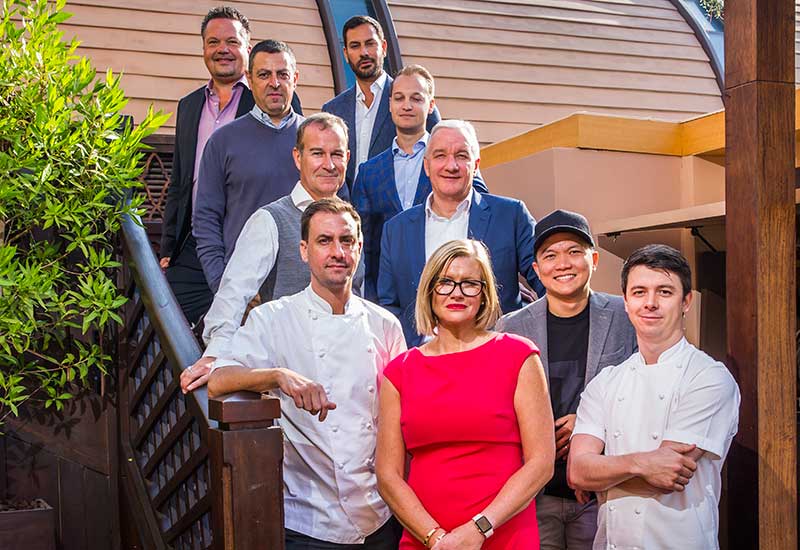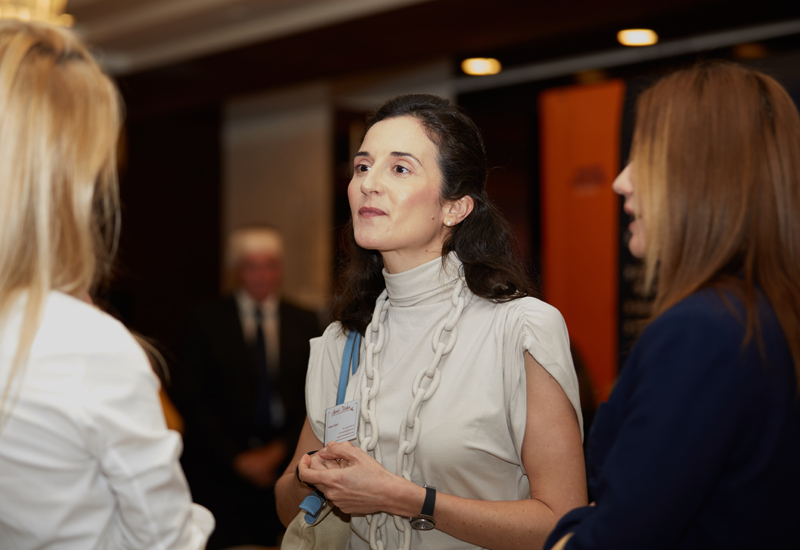Costs, costs, costs
While the F&B market is definitely bringing the Middle East to the attention of the global market — think of all the international brands and globally acclaimed chefs who choose to put down roots in this region — the experts think the supply chain will prove to be a challenge, across a variety of elements. One of them includes labour cost.
Broad commented frankly: “I don’t think labour [cost] is going down any time in the future… It’s not a low-cost market. We recruit people from the same places, but the cost of labour is high. You might as well be in Europe.”
Naturally, the topic of part-time workforce came up and Von Lutterotti added that seasonality is a good reason to have this system, especially during low-traffic times such as the summer. Broad commented that there is typically a low-end market in the hot season, where F&B outlets aren’t getting the same revenue as during the high-volume months, but the rent stays the same — which obviously also adds costs. “That’s a very high fixed cost, he pointed out.
Another cost that’s recently entered the region’s minds is tax. With the introduction of the soda tax and now value added tax (VAT), even restaurateurs are grappling with the initial ramifications. Von Lutterotti noted: “The main person that is suffering is really the client, and is really bearing the brunt of all of this: 10% municipality fee, 10% service charge, 5% VAT and 15% liquor charge.”
Broad said that the market has become a little too expensive and due to the rise in labour costs, high rents, and introduction of taxes, everyone is looking at prices again. Folly by Nick & Scott chef patron Nick Alvis said that it’s too early to tell the effect of VAT on chefs, especially when it comes to running a kitchen, but he did say that all the food invoices from suppliers thus far have been standard, with no surprises. Folly by Nick & Scott chef patron Scott Price said he felt tourists would feel the difference in prices more than residents.
Banks commented: “VAT doesn’t impact margin per se. We pay 5% more into the kitchen, then we pass it on. VAT impacts cash flow, so the only impact is on cash flow. I agree, the end consumer is going to perceive us as more expensive because the VAT is included in the price on the menu.” She continued to say that in the run-up to launching VAT, many people were discussing whether they would absorb the cost, pass it on, or work with a mixture of both methods — but ultimately, passing it on was the only thing to do.
Maadad commented: “This issue is that it’s changing the country’s positioning, it is no longer tax-free.”

| Advertisement |










 Search our database of more than 2,700 industry companies
Search our database of more than 2,700 industry companies









